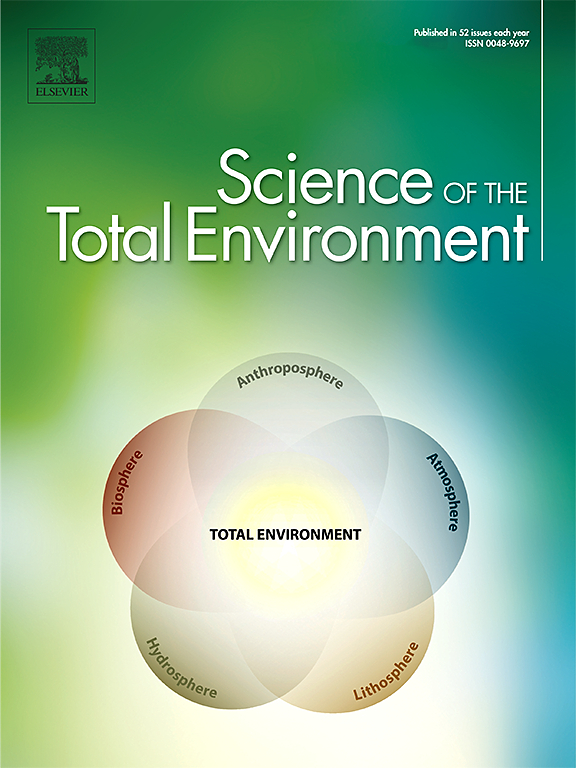Research on dust diffusion reduction-control technology of wind guide hood system based on an improved tunnel pressurized air system
IF 8.2
1区 环境科学与生态学
Q1 ENVIRONMENTAL SCIENCES
引用次数: 0
Abstract
The dust generated during tunnel construction poses a serious threat to the health of construction workers. High dust concentrations rapidly spread throughout the tunnel, severely polluting the construction environment. To improve these conditions, the present study sought to develop a wind volume-wind direction guide device, hereinafter referred to as wind guide hood (WGH), which can regulate the pressure air volume in real time. The WGH ventilation and dust control system divides the wind volume into two parts while maintaining a total pressurized air volume of 500 m3/min. One part of the wind volume flows to the digging working face through a pressurized air cylinder, whereas the other part is discharged to the back side of the tunnel, thus achieving dust control. By separating the airflow, the system minimizes the airflow to the face, thereby slowing down dust diffusion. The results revealed that installing the WGH system effectively controls dust propagation. When the airflow to the face is 20 m3/min, the diffusion distance of high-concentration dust is reduced to 18.7 m, and the dust control efficiency is increased by 68.04 %, thereby greatly improving the working conditions within the tunnel.

求助全文
约1分钟内获得全文
求助全文
来源期刊

Science of the Total Environment
环境科学-环境科学
CiteScore
17.60
自引率
10.20%
发文量
8726
审稿时长
2.4 months
期刊介绍:
The Science of the Total Environment is an international journal dedicated to scientific research on the environment and its interaction with humanity. It covers a wide range of disciplines and seeks to publish innovative, hypothesis-driven, and impactful research that explores the entire environment, including the atmosphere, lithosphere, hydrosphere, biosphere, and anthroposphere.
The journal's updated Aims & Scope emphasizes the importance of interdisciplinary environmental research with broad impact. Priority is given to studies that advance fundamental understanding and explore the interconnectedness of multiple environmental spheres. Field studies are preferred, while laboratory experiments must demonstrate significant methodological advancements or mechanistic insights with direct relevance to the environment.
 求助内容:
求助内容: 应助结果提醒方式:
应助结果提醒方式:


